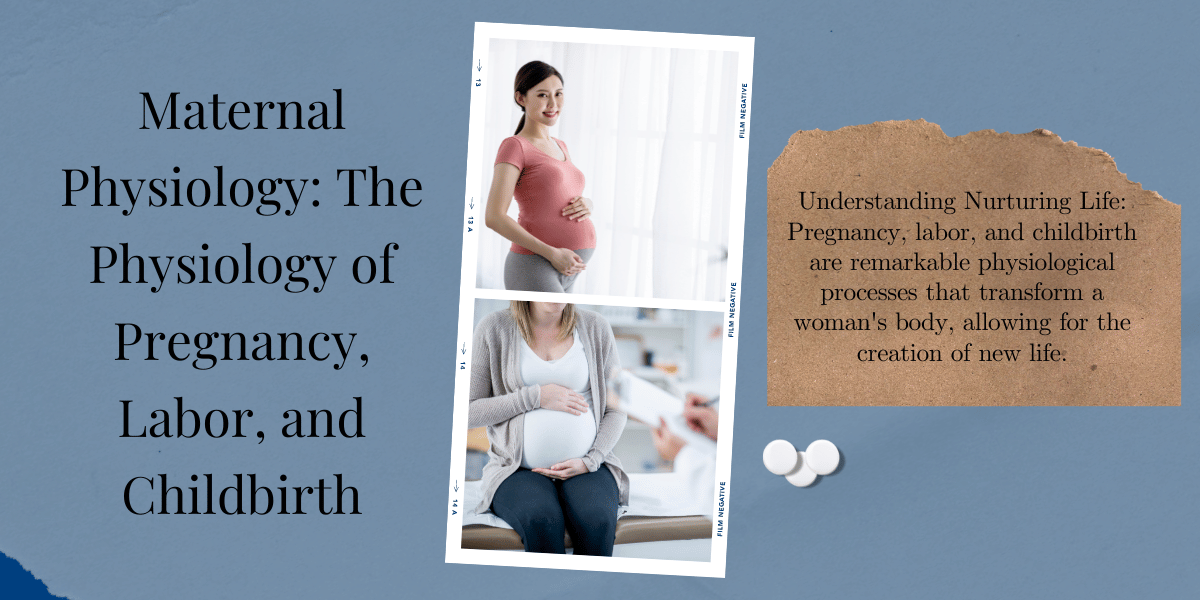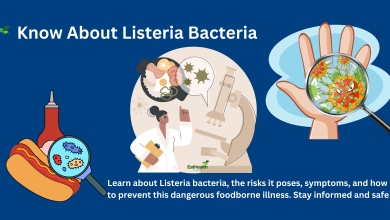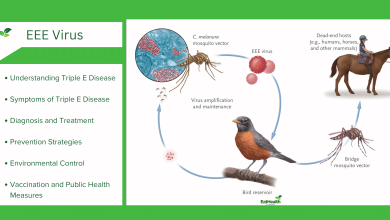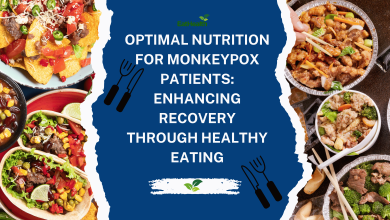Maternal Physiology: The Physiology of Pregnancy, Labor, and Childbirth
Understanding Nurturing Life: Navigating Pregnancy, Labor, and Childbirth

Maternal Physiology: Pregnancy, labor, and childbirth are remarkable physiological processes that transform a woman’s body, allowing for the creation of new life. Throughout this incredible journey, a series of intricate changes occur within the maternal body, ensuring the growth and development of the fetus and preparing the mother for the birthing process. In this comprehensive exploration, we delve into the physiological transformations that take place during pregnancy, the complex mechanisms of labor, and the crucial role of healthcare providers in ensuring optimal maternal care.
Physiological Changes During Pregnancy:
-
Cardiovascular System:
- Increased blood volume and heart rate to support the growing fetus.
- Expansion of blood vessels and development of new ones to enhance circulation.
-
Respiratory System:
- Elevated oxygen consumption and lung capacity to meet the needs of both mother and baby.
-
Endocrine System:
- Release of hormones like estrogen and progesterone, vital for fetal development and maintaining pregnancy.
- Production of human chorionic gonadotropin (hCG), the hormone detected in pregnancy tests.
-
Musculoskeletal System:
- Relaxation of ligaments and joints, allowing the pelvis to accommodate the growing fetus.
- Shift in the woman’s center of gravity as the uterus expands.
The Miracle of Labor:
-
Early Labor:
- Gradual dilation and effacement of the cervix, facilitated by uterine contractions.
- Release of oxytocin, the hormone responsible for contractions and cervical ripening.
-
Active Labor:
- Intensification of contractions, leading to further cervical dilation.
- Descent of the baby’s head into the birth canal.
-
Transition and Delivery:
- Complete cervical dilation, signaling the transition phase.
- Expulsive efforts and the powerful urge to push, aiding in the baby’s descent.
- Birth of the baby, followed by the delivery of the placenta.
Optimal Maternal Care:
-
Prenatal Care:
- Regular check-ups, ultrasounds, and blood tests to monitor the mother’s and baby’s health.
- Nutrition counseling and supplements to ensure adequate prenatal nutrition.
-
Intrapartum Care:
- Continuous fetal monitoring and assessment of the mother’s vital signs.
- Pain management options, including epidurals, to enhance the birthing experience.
- Emotional support from healthcare providers and birthing companions.
-
Postpartum Care:
- Monitoring for any signs of postpartum complications, including infections or excessive bleeding.
- Lactation support and guidance for breastfeeding mothers.
- Emotional and mental health support, addressing potential postpartum depression or anxiety.
Conclusion:
Pregnancy, labor, and childbirth represent a miraculous symphony of physiological processes. Healthcare providers play a pivotal role in ensuring the well-being of both the mother and the baby throughout this transformative Maternal Physiology journey. By understanding the intricate changes within the maternal body and providing compassionate, evidence-based care, healthcare professionals contribute significantly to the optimal maternal experience, fostering healthy pregnancies, safe labors, and joyful childbirths.




